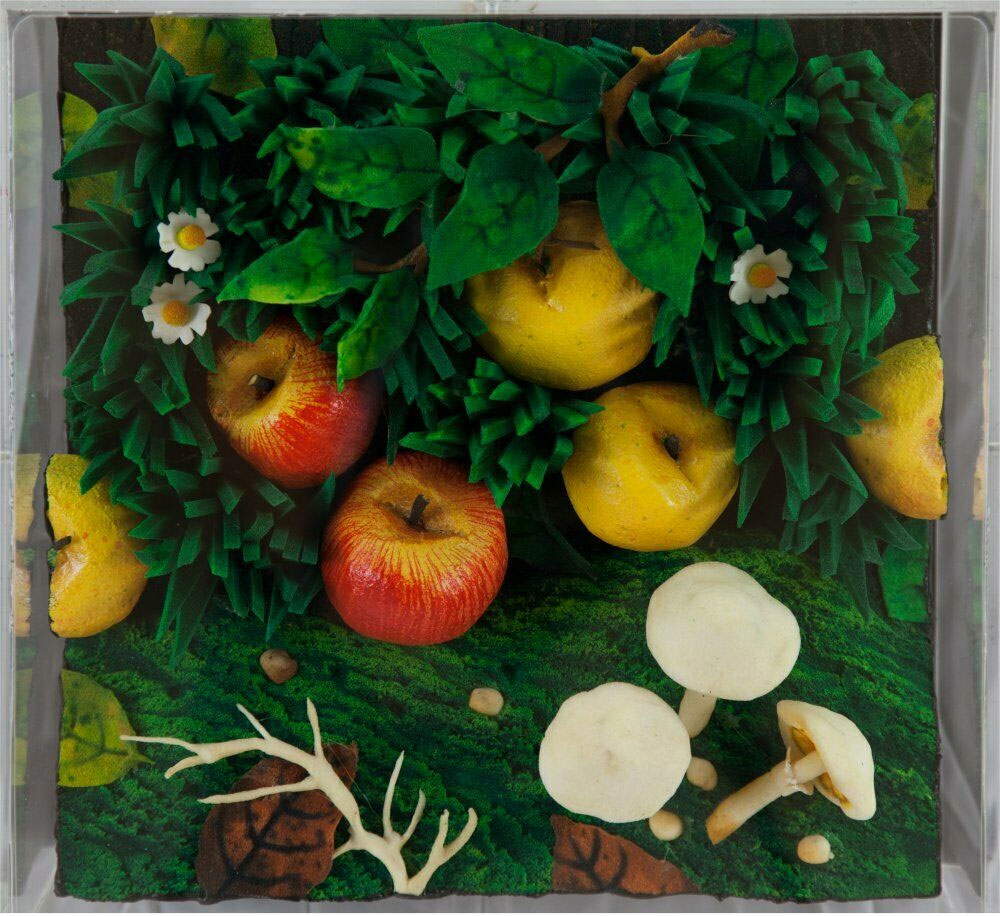We publish a response by Renato Barilli (originally on his blog Pronto Barilli) to Federico Giannini’s interview last week with Gian Enzo Sperone on the current art scene (you can read it here).
The magazine Finestre sull’Arte collected a long interview with Gian Enzo Sperone, the text of which he forwarded to me, thus allowing me to make a fairly accurate comment. Unfortunately, Gian Enzo starts from the statement that I promised myself I would never make, from a laudatio temporis acti, i.e., in my day yes than now instead ... For that matter, in full consistency with this decision of his, Gian Enzo, if I am not mistaken, ceased from his long activity as a gallerist of the two worlds, devoting himself only to a commitment as a collector of rare books. But as a gallerist, from the mid-1960s onward, he played a role of primary importance, equal only to that which, in our country, was played by Fabio Sargentini, who, however, fortunately for him and for us, did not subscribe to that same noxious maxim and still remains in action. I have had frequent dealings with Sperone, ever since the days when, in Turin, he was representative of the stylistic creed of the moment, Pop Art, in agreement with Ileana Sonnabend’s Paris office. Turin enjoyed the presence of some fine Pop artists, including Pistoletto and Gilardi, who entered the official canon of international Pop. But there were also Nespolo and Mondino.
I in particular had been fascinated by Gilardi’s nature carpets, conceived according to the formula of the truer than true, exploiting the new plastics, so much so that I had sent him, along with the then inseparable Gian Enzo, to hold an exhibition in the most important gallery in Bologna at the time, La Nuova Loggia. The two of them were very grateful to me for that opportunity; on the occasion Sperone, who was not in good economic waters, even tried to sell some works to the manager of the Loggia. But then came lArte povera, of which Sperone was undoubtedly one of the originators, at the level of the Gallery, together with Germano Celant, in the role of theorist.
 |
| Piero Gilardi, Apples and Mushrooms (2000; polyurethane foam within plexiglass case, 31 x 31 x 15 cm; St. Gallen Fine Art) |
I, in 68, was enthusiastically going to the bare room in Corso San Maurizio, Turin, where the gallery owner was accumulating the first products of that movement, not without remnants of earlier trends. In fact, at that early stage Celant could not distinguish well between the specific features of his invention and New York minimalism. I remember that on one of my visits, in the presence of an exhibition by Gianni Piacentino, Gian Enzo solemnly asked me if I wanted to join their club, but I pointed out to him that Piacentino’s very example was misplaced, since his massive wooden forms still had a minimalist flavor, or straggled into a playful version, in fact later Piacentino withdrew from the poverismo that could not count him among its members.
But on the whole I was an advocate of Arte Povera, advising where I could, at the Foscherari in Bologna, and especially at the friend Marcello Rumma, in Salerno and Amalfi, to focus on that phenomenon as the most innovative. The Turin location soon became tight for Sperone, who flew to New York and opened a very prestigious gallery in Soho, which at that time was the art district, before the transmigration to Chelsea. But Sperone is silent about a lot in his interview, for example the role he played, again, when in art, domestic and international, there was a turnaround again. I think he had some merit in the launching of the Transavanguardia, together or in competition with the Modenese Mazzoli, and then he realized an intense association with the one who in my opinion is the number one of that different repetition, or rediscovery of the museum, to which I dedicated an early exhibition in Milan in 74. Of all this I find no trace in Sperone’s statements, who merely pays homage to Schnabel alone, undoubtedly a good artist, but certainly not such as to be able to represent alone that climate of return to, to painting, to sensitive and emotional values. And many other things Sperone omitted in his answers, which, moreover, would return to his credit, testimonies of a long militancy, full of positive steps. That this is now over, is his personal opinion, but the art wagon proceeds on its way touching new horizons.
Warning: the translation into English of the original Italian article was created using automatic tools. We undertake to review all articles, but we do not guarantee the total absence of inaccuracies in the translation due to the program. You can find the original by clicking on the ITA button. If you find any mistake,please contact us.